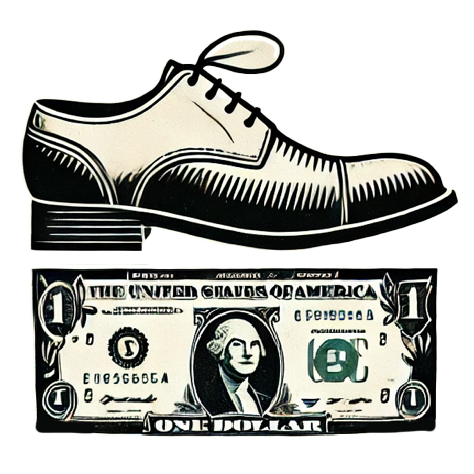The luxury conglomerate LVMH has found itself in choppy waters with the recent announcement of an unanticipated 3% decline in first-quarter sales. This stark revelation is more than just a number on a balance sheet; it signals a potential seismic shift in the luxury goods sector. As LVMH’s shares plummeted by as much as 8%, it momentarily ceded its title as the world’s largest luxury firm to Hermès, underlining the vulnerability even the mightiest brands face in today’s volatile market. For industry insiders and investors alike, this serves as a troubling indication that the luxury market’s trajectory may no longer be a one-way street of growth.
Geopolitical Challenges and Changing Consumer Behavior
LVMH’s woes can be traced back to shifting consumer preferences and the overarching impact of geopolitical tensions. A noticeable decline in demand for products like cognac in key markets such as the U.S. and China has had an outsized impact on LVMH’s overall revenue. The 9% drop in its wines and spirits segment particularly highlights the dangers posed by international trade dynamics—an area where the brand once flourished. As President Trump’s trade policies create uncertainty, luxury brands that previously thrived may find it challenging to maintain their customer bases, especially when consumers are feeling the pinch from inflation and economic instability.
This isn’t merely about economic downturns; it’s a deeper reflection of cultural shifts. The luxury consumer, once resilient and unyielding, is now more susceptible to economic fluctuations. Discretionary spending on high-end items could become increasingly problematic as consumers reassess their purchasing priorities amidst rising costs of living and economic uncertainty.
Stagnation in Core Segments: A Sign of Structural Weakness?
While analysts expected modest growth, the sharp declines in LVMH’s flagship fashion and leather goods divisions—both critical to the brand’s success—compound the worries surrounding the luxury sector’s overall health. With the key fashion segment down 5% in sales, the company needs a renewed strategy to invigorate its offerings. Stagnation in the watches category, coupled with the overall gloomy outlook for luxury goods, raises questions about the effectiveness of LVMH’s product innovation and market adaptability.
For a company that thrives on exclusivity and aspirational lifestyles, failing to connect with evolving consumer sentiments can be fatal. The luxury sector, which has traditionally been perceived as immune to economic turbulence, is now revealing cracks that could lead to a drawn-out period of suboptimal performance. It’s essential for LVMH to recalibrate its approach if it wants to reclaim its trajectory toward robust growth.
Concerns of Inflation and Pricing Strategies
Amid all the challenges, the company seems to be contemplating how best to manage inflationary pressures. LVMH’s CFO Cecile Cabanis hinted at moderate repricing as a potential strategy to offset costs. However, there is an inherent risk in this approach. If pricing increases too much, even wealthy consumers may reconsider their purchases. The luxury market has been perceived as somewhat insulated from economic shocks, but significantly altering pricing structures could alienate the very aspirational clientele that luxury brands depend on.
The financial analysts are watching closely, with expectations that LVMH will need to navigate these treacherous waters adeptly. Their opinions, particularly from firms like Citi and Jefferies, suggest an environment of caution where expectations are low. The shift in target prices for stock reflects a broader skepticism about the company’s path forward amidst an increasingly inhospitable market.
A Competitive Landscape: Hermès Rising
As LVMH grapples with these developments, it cannot ignore the sudden ascendance of Hermès, which, at times, has eclipsed LVMH in market capitalization. The Birkin bag-maker’s relative stability has positioned it as a clear competitor with attributes that resonate with the current luxury consumer. Hermès, maintaining a steadfast commitment to quality and exclusivity, seems better calibrated to weather this storm than LVMH, which faces heightened scrutiny and skepticism from investors and analysts alike.
In a time when adaptability is paramount, LVMH must take a critical look at its operational and marketing strategies. The luxury connoisseur’s appetite is shifting, and if LVMH doesn’t align itself with these changing dynamics, it risks becoming a relic of the past rather than a beacon of contemporary luxury.

